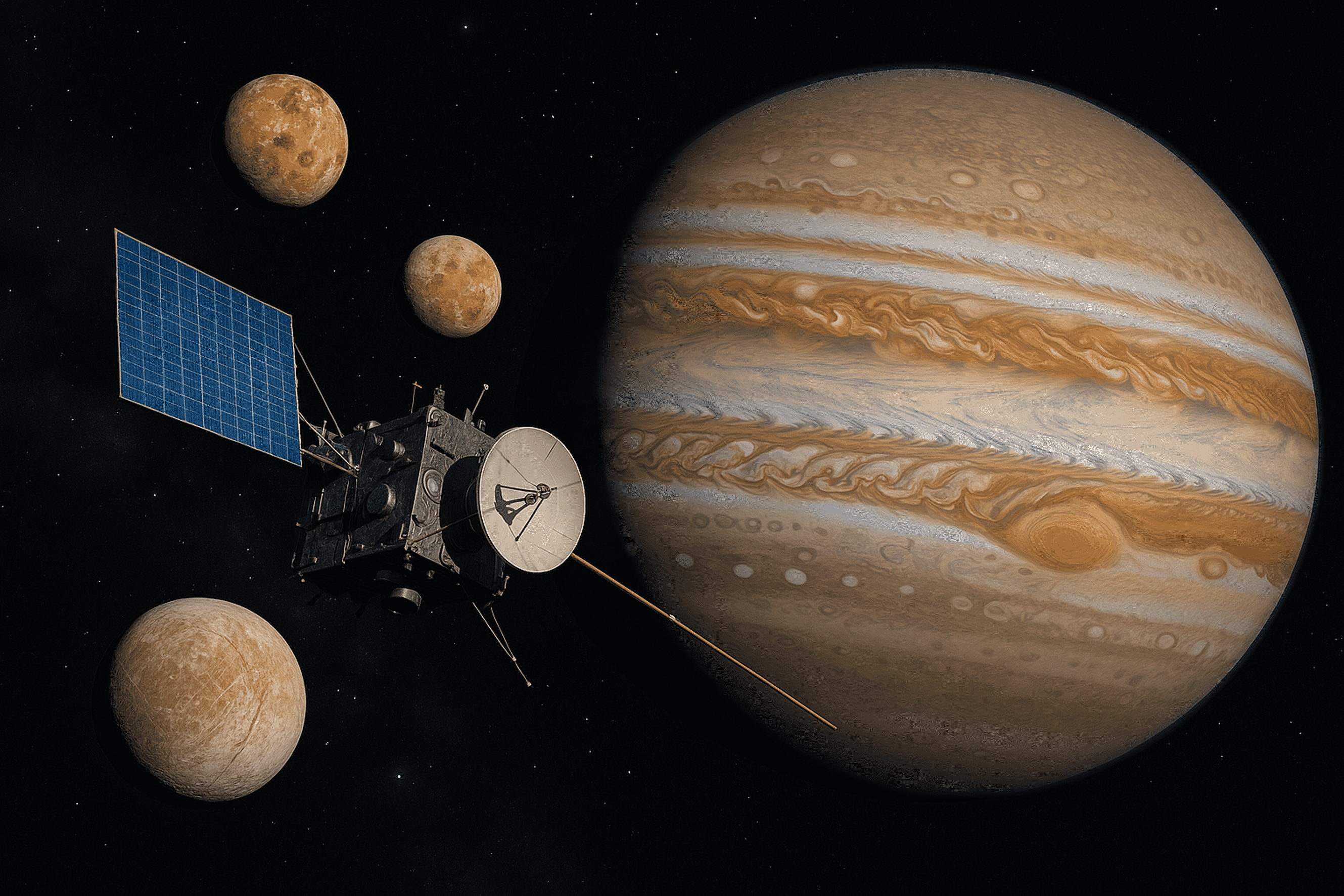
Pioneers
Published 04/03/2025
Space exploration is, above all, the story of dedicated individuals who dared to break the boundaries of their time. At the start of the 20th century, Konstantin Tsiolkovsky in Russia was already envisioning multi-stage rockets and laying down the basics of space navigation. Meanwhile, in the United States, Robert Goddard persisted in the 1920s with tests on liquid-fuel rockets, even though few believed it would ever be possible to leave Earth’s atmosphere.
Major achievements came a bit later, thanks to talented engineers. Sergey Korolev, nicknamed the “Chief Designer,” oversaw the Soviet Union’s first big successes: Sputnik, Yuri Gagarin’s historic flight, and Valentina Tereshkova’s mission (she was the first woman in space). On the other side, Wernher von Braun, who had worked on the V2 rockets in Germany, joined NASA and designed the Saturn V rockets that took the Apollo astronauts to the Moon.
There were also many lesser-known figures, like Katherine Johnson, Dorothy Vaughan, and Mary Jackson, African American mathematicians and engineers whose calculations were crucial for NASA. Later on, Mae Jemison became the first Black American woman to travel to space, further opening the door to diversity. Another example is Anousheh Ansari, the first space tourist of Iranian origin, who stayed on the International Space Station in 2006.
In the midst of all this, official agencies organize and fund missions. NASA rose to fame with Apollo and the space shuttle, while Roscosmos carried on the Soviet legacy and handled crewed launches from Baikonur. In Europe, the ESA brought several countries together to launch the Ariane rocket and send probes to Mars. India (ISRO), Japan (JAXA), and China (CNSA) also proved they could aim high, with lunar and Martian probes and even space station programs.
More recently, private players have entered the scene, such as SpaceX, focusing on reusable rockets and aiming for the Moon and Mars, and Blue Origin, which targets suborbital flights. This heralds a new market built around space tourism and many technical innovations.
Ultimately, whether they’re solo researchers, renowned engineers, unsung heroes, large government agencies, or ambitious startups, they’ve all played a part in this grand adventure. Some had their heads in the clouds, others sought recognition, but they all shared the same drive: to push the limits of what’s possible and deepen our understanding of the universe around us.